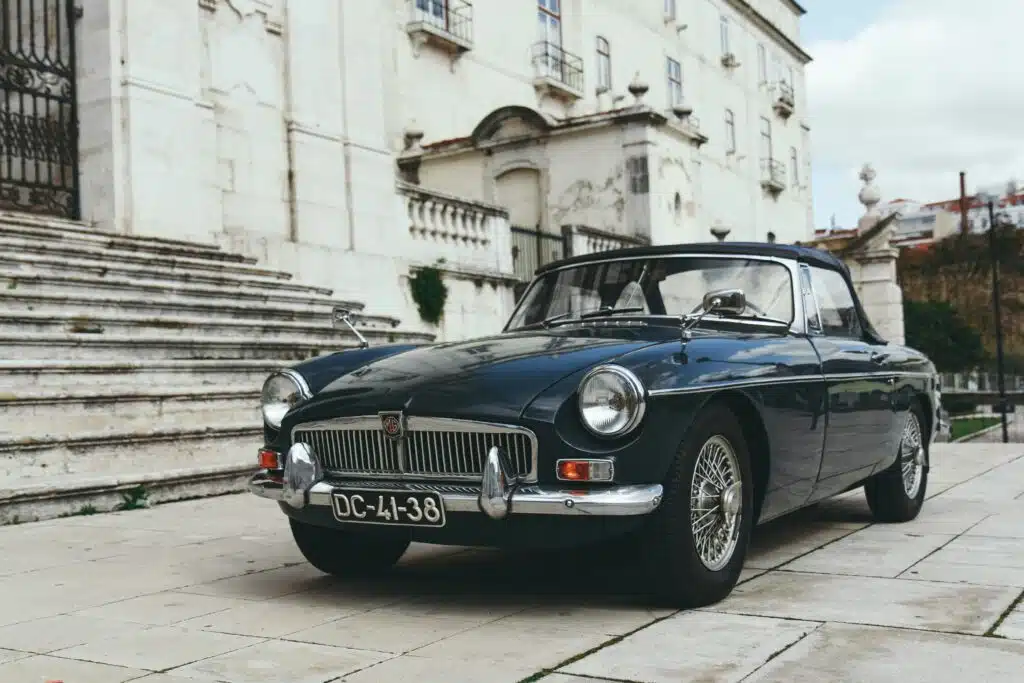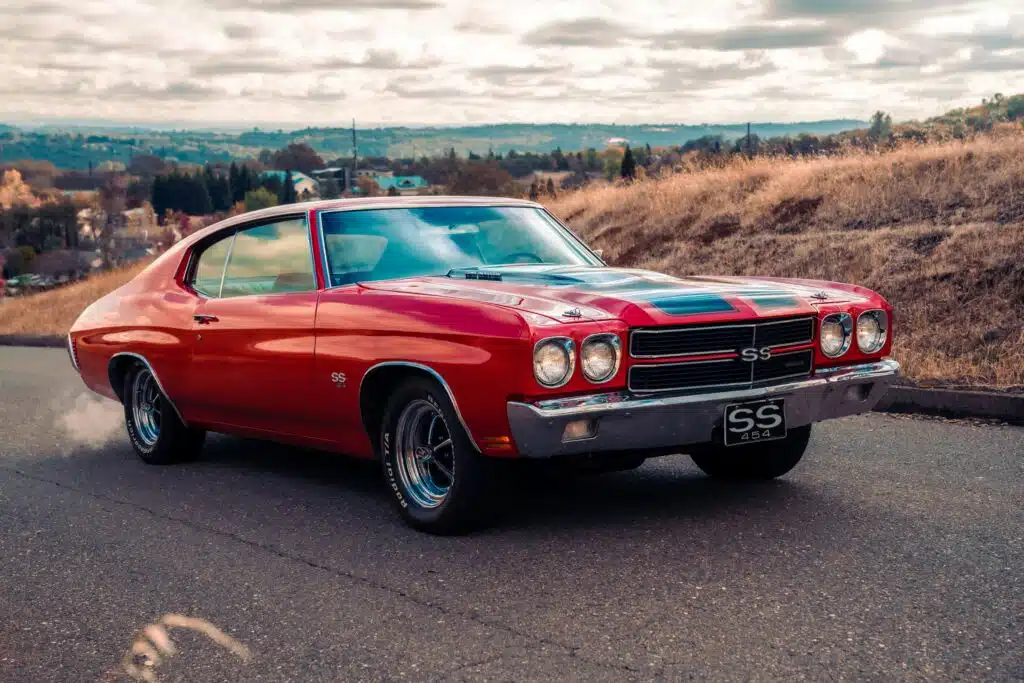Want to feel old? Don’t find out what age a car must be to be considered ‘classic’
- This is how old a car must be to be considered a classic
- According to insurers, there is a specific age
- But age alone isn’t enough for a car to be branded classic
Published on Mar 28, 2025 at 8:47 AM (UTC+4)
by Claire Reid
Last updated on Mar 28, 2025 at 6:40 PM (UTC+4)
Edited by
Kate Bain
You’re probably familiar with the term ‘classic car’, but here’s what it actually means and what it takes for a car to be considered a classic.
We’ve all got a favorite classic car, right? But until now have you ever stopped to wonder what makes a classic… well, a classic?
The actual definition can vary a bit, but – of course – much of it is down to the car’s age.
And you might be shocked to discover that a car really doesn’t need to be that old to be considered a classic vehicle.
DISCOVER SBX CARS – The global premium auction platform powered by Supercar Blondie
What makes a ‘classic car’ a classic car?
When you think of classic cars, you most likely think of cars along the lines of a 1950s Hudson Hornet, or maybe a vintage muscle car like this 1969 Dodge Charger Daytona.
Whereas, the Classic Car Club of America defines a classic car as a ‘fine’ or ‘distinctive’ vehicle built between 1915 and 1948.

But when it comes to insurers, it turns out that it might be a lot more modern than you think.
There’s no full legal or automotive definition of what exactly makes a car a ‘classic’ and guidelines will change from country to country and even state to state.
However, according to Nationwide, in the US a car typically only needs to be 20 years old to be considered a classic for insurance and registration purposes.
Yep – just 20 years old.
“For insurance and registration purposes, the age of a classic car, in most cases, is at least 20 years old but not more than 40 years old,” the website states.
Does anyone else all of a sudden feel really old?
There are a few caveats to remember, too
Often age alone isn’t enough for a car to be branded a classic, but – much like the definition of the term itself – these other factors vary between different countries and states.
In many states in the US, to be registered as a classic, as well as being more than 20 years old, a car must be in its original state.
Maryland, for example, states that to be registered as a classic car, it ‘must not have been substantially altered, remodeled or remanufactured from the manufacturer’s original design’.
Other states are a bit more relaxed, such as West Virginia which only requires a car to be over 25 years old to get itself a set of ‘classic car’ plates.

Nationwide says that for insurance purposes, most states want the vehicle kept to its original design specification.
That means that any restorations or repairs are kept consistent with the original car, including the materials and parts used.
That also means that you can’t include any updated modern touches such as a built-in GPS in a car from the 1980s.
DISCOVER SBX CARS: The global premium car auction platform powered by Supercar Blondie

Claire Reid is a journalist who hails from the UK but is now living in New Zealand. She began her career after graduating with a degree in Journalism from Liverpool John Moore’s University and has more than a decade of experience, writing for both local newspapers and national news sites. Claire covers a wide variety of topics, with a special focus on cars, technology, planes, cryptocurrency, and luxury.




